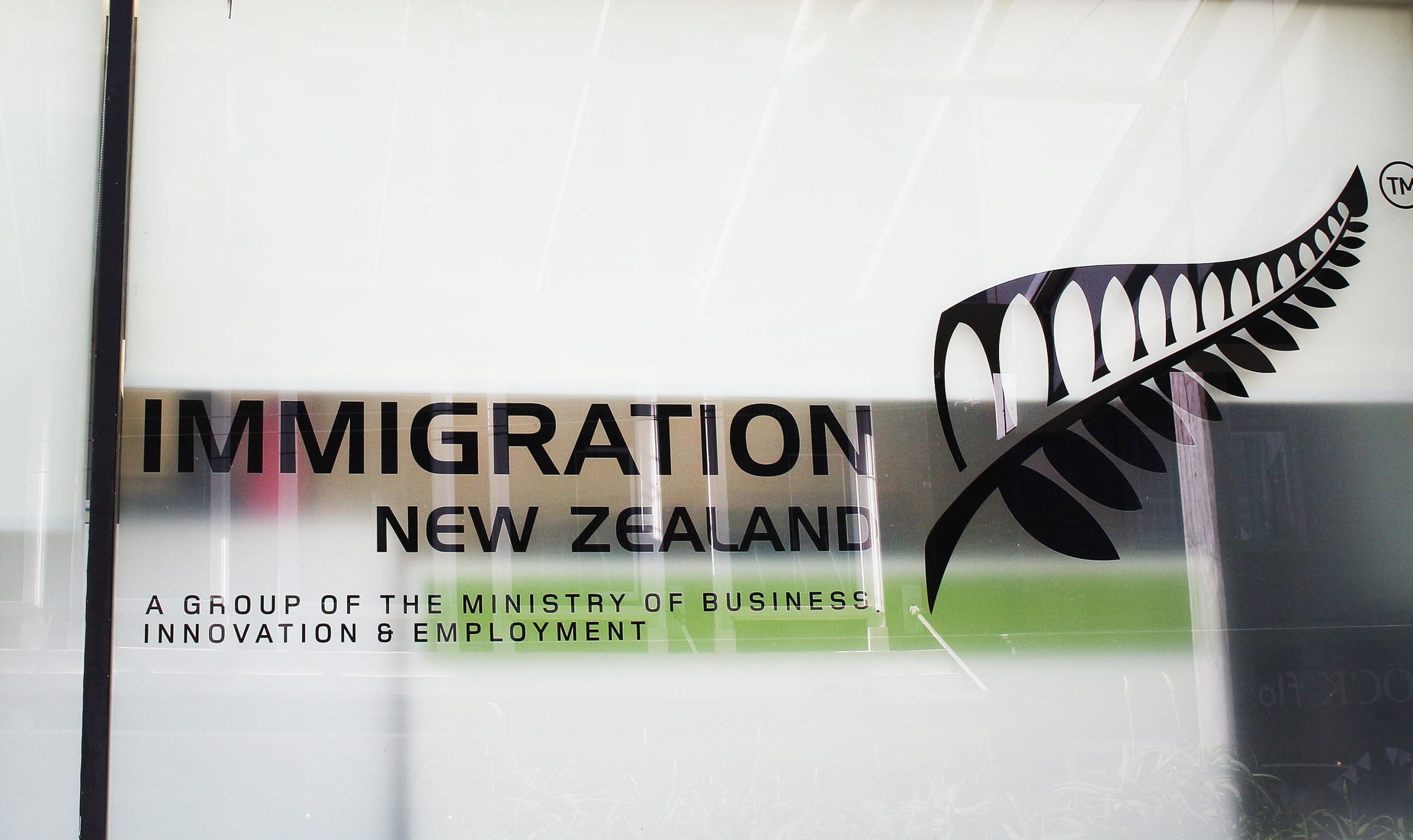Last week saw the borders open up finally for travellers from visa waiver countries, signalling an influx of grandparents who had yet to meet infant grandchildren and the beginning of a return to normalcy for tourism operators.
But although the welcome mat is out for certain classes of people, large swathes of the global population are still being kept out until October of this year.
When questioned on the topic and asked why a sooner date couldn’t be found for the peace of mind of split migrant families and the tourism market, Prime Minister Jacinda Ardern said the amount of visas Immigration New Zealand is?able to process in any given month is the limiting factor.

She said the opening date for non-visa waiver countries was ※contingent on our ability and scale of processing§, suggesting that bringing the date forward would require ※trade-offs§ when it comes to getting other forms of paperwork through the INZ offices - be it visas for new residents, critical workers or people on the working holiday scheme.
But data from Immigration New Zealand raises questions around processing delays, as despite seemingly being up against the wall, the government department has more staff and more expenditure than it did five years ago.
Immigration New Zealand has around 500 extra staff when compared to 2017 (from 1357 to 1879) and expenditure has risen by over 50 percent, from $310 million?to $462 million?according to Treasury estimates.
Expenditure overseen by Immigration Minister
Despite this, it has just under 100 fewer?staff engaged in visa processing, processing less than a third of the previous numbers of visas than it?did five years ago, and waiting times for visas and somebody to answer the phones at INZ have both skyrocketed.
Visa processing times are now a matter of months, with most essential skills visas taking five months, permanent resident visas taking six months and partner of New Zealand resident visas usually taking over a year.
Meanwhile, the call wait times have increased tenfold, from 1 minute 47 seconds in 2017 to 20 minutes and 51 seconds in 2022 on average.
So if staff aren’t picking up the phone, and a lot of them aren’t processing visas, what are they doing?
Nicola Hogg, general manager of border and visa operations at INZ said the border closures of the pandemic were an unprecedented challenge that forced the department to adapt its services and introduce new processes.
※With?border restrictions in place and?many visa categories closed to offshore applicants during this time, several overseas offices that focused on visa processing functions were closed in February 2021,§ she said. ※These changes reduced our footprint by 324 people, including 224 visa processing staff.§
So some of these delays could potentially be put down to the stumbling blocks one would expect in returning to normal processing after the days of closed borders. However, Hogg conceded that INZ had been focused on building capacity since July 2021, in order to ensure timely visa decisions for applicants across all categories.
The plan was to get INZ staffing levels back to pre-pandemic numbers when the borders opened. However, Hogg said that’s a difficult thing to get right without being able to tell the future.
"With no certainty at that time as to when that might be, what that would look like and what demand there would be, planning had to be based on projected forecasts,§ she said.
National Party spokesperson for Immigration Erica Stanford refutes the idea INZ?couldn’t have expected the impending return to normal border operation, saying it?had a year to make a plan and start getting ready.
※How can the Prime Minister justify keeping the border closed to some of our largest markets for a further six?months due to a lack of capacity at Immigration NZ when INZ have an extra 500 staff?§ she said. ※The Government needs to explain why our immigration system is not ready to go after two years of Covid, meaning New Zealanders need to wait another six months to fully reconnect with the world at a time when businesses are having to close due to a lack of skilled workers and tourists.§
In a response to questions from Stanford’s office about the ballooning call wait times, Immigration Minister Kris Faafoi said a number of significant recent events had caused this, from the phased border reopening to the special visa for Ukrainians, all of which have led to additional calls and a higher demand for information and assistance with enquiries.
He added that further staff are being found to deal with the issue - most notably for a new visa processing centre?set to open in Christchurch.
Changes such as training immigration officers to work across a number of visa categories and more visa?processes being automated online could potentially provide a salve in the next few months.
At the time that Ardern put forward capacity as an excuse for delayed reentry into New Zealand, Greens spokesperson for immigration Ricardo Men谷ndez March challenged the idea that it was solely a capacity issue.
※They could introduce a high-trust model and process all of those visas, so I would challenge that as an excuse,§ he said. ※If that is the excuse that is a failure of the minister and Immigration New Zealand to actually have a well-resourced department to meet the challenges and the processing from the community that they rightfully have.§
The challenges of the pandemic have no doubt created a challenging road map for the department to follow, with certainty hard to come by and unpredictability the norm.
The question remains, is having 500 extra staff than?in a time when immigration was?processing up to three times the number of visas enough for the New Zealand public to reasonably expect INZ?to overcome those challenges?


